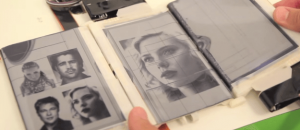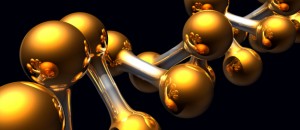Epilepsy is a pretty big issue for some folks. While most people who suffer from epilepsy can take control of their body through medication, surgery or other conventional methods, about 30 percent of patients cannot. The patients who do not benefit from select treatments are instead plagued with an increased number of seizures, which can certainly become more volatile over time.
Scientists may have something to alleviate those issues however, and it involves a rather peculiar component. Tiny pieces of silk may hold the key to eliminating seizures experienced by epileptics, at least in frequent increments.
According to research, studies show that epileptics seem to have a general lack of adenosine levels in their body. While this may not be causing the seizures entirely, it can certainly increase their veracity and frequency. The silk has been developed to store adenosine, and adversely release it once inside the body. Essentially, this will decrease neuron excitement levels, resulting in seizures happening less frequently.
Once inside a patient, the silk will remain functional for 10 days. It will continuously release the necessary substance, until it finally begins to dissolve inside the body. Yes, that means it’s completely biodegradable.
Unfortunately, the application of the silk has yet to be tested on humans. Scientists from the Legacy Research Institute, Oregon Health and Sciences University and Tufts University have collaboratively experimented with the component on rats. Apparently, it’s been tested in rats that were in the early stages of epilepsy. In the animals that were given the treatment, the epileptic seizures occurred four times less than those who did not.
According to Dr. Detlev Boison, of the Legacy Research Institute and OHSU, the treatment may work quite well on humans:
“Clinical applications could be the prevention of epilepsy following head trauma or the prevention of seizures that often — in about 50 percent of patients — follow conventional epilepsy surgery. In this case, adenosine-releasing silk might be placed into the resection cavity in order to prevent future seizures.”
Whatever the case may be, it’s certainly curious to see average components like silk being repurposed for medical treatments such as this. It really makes you wonder what other kinds of applications can be applied to common materials and components. Could there be a cure for cancer out there somewhere, hidden behind a material we use every day?
Back to the topic at hand, this is certainly a promising breakthrough. What do you think dotTechies? Let us know in the comments below!
[via Gizmag]

 Email article
Email article




